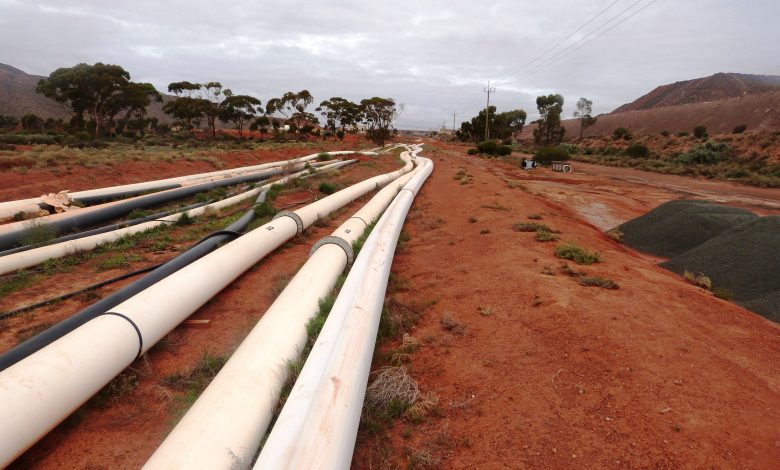Pipeline Bottlenecks Hinder Tar Sands Extraction

Tar Sands Imports
One of America’s top sources of imported crude oil lies beneath western Canada’s peat bogs and below the ground of the subarctic boreal forest. Despite the environmental challenges involved with processing crude oil from Canada’s tar sands, the U.S. has continued to partner with the Canadian government to ensure that a steady supply of oil continues to flow into the U.S. from pipelines originating in Alberta. However, as production has increased, so have issues related to pipeline bottlenecks.
While the demand for tar sands oil continues to increase, major Canadian oil producers have been struggling to transport more oil through the U.S. because of constraints related to existing pipeline infrastructure. Two of Canada’s largest oil producers, Husky Energy Inc. and Suncor Energy Inc., have released public statements indicating that they will have to reduce capital spending because pipeline bottlenecks are making it difficult to transport more oil out of Alberta.

Capital Spending Cuts
Husky Energy will be cutting capital spending in 2020 and 2021 by C$500 million, while Suncor Energy will revert from a planned spending increase to keep capital spending on oil-related projects flat in the coming year (Orland, 2019). Husky and Suncor are among the first Canadian oil producers to reveal plans to limit capital spending and focus on increasing profits from existing production rather than pumping new money into increasing production.
With capital spending set to decline, the companies still plan to increase production using existing funding. Suncor is expecting a 5% production boost for next year, while Husky is projecting a 4% increase (Orland, 2019). Suncor, along with a number of other Canadian oil producers have asked Alberta’s government to allow them to produce above the current production limit as long as new oil is able to be transported to American refineries by rail. With existing limits in place, Suncor is projecting production in 2020 to be between 800,000 to 840,000 barrels of oil equivalent of tar sands crude per day (Associated Press, 2019).

Congested Pipelines
Amid full pipelines and numerous stalled pipeline infrastructure projects, producers are hoping to move more oil by rail. While pipeline bottlenecks have caused some pipelines to burst, transporting oil by rail also poses additional risks. One of the reasons that Alberta’s government has imposed oil production limits was to reduce the risk of spills from packed pipelines. Transporting Canada’s sludge-like heavy oil on rail could result in long-term challenges and environmental catastrophes that the government had hoped to prevent in the first place with production limits.
As congested pipelines continue to cause concerns in western Canada, there is some relief on the way. After being delayed for many years, the Trans Mountain expansion project that will carry oil from Alberta to the British Columbia via new pipelines is set to break ground by later this December. The 590,000-barrels-per-day expansion project is expected to greatly reduce pressure on existing pipelines in the region. Although, while over 90 percent of Canada’s oil exports are currently shipped to the U.S., the Trans Mountain expansion project will facilitate more oil shipments to Asia, which leaves many American refineries wondering when they will start to see relief from the congested pipelines.

Sources
Associated Press. (2019). “Thicker Canadian crude to move on rail amid full pipelines.” Yahoo Finance.
Morgan, G. (2019). “Trans Mountain construction set to begin in Alberta, with ‘pipe in the ground before Christmas’.” Financial Post.
Orland, K. (2019). “Oil Sands Giants Restrain Spending as Pipeline Pinch Persists.” Bloomberg.
Reuters, T. (2019). “Suncor sees higher oil production in 2020 amid uncertainty over Alberta curtailments.” Edmonton Journal.



